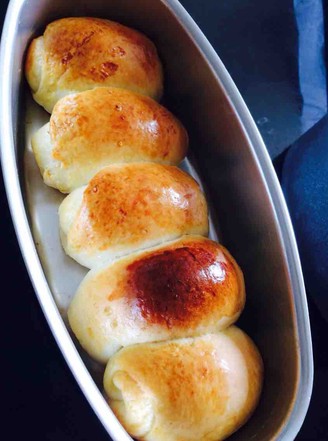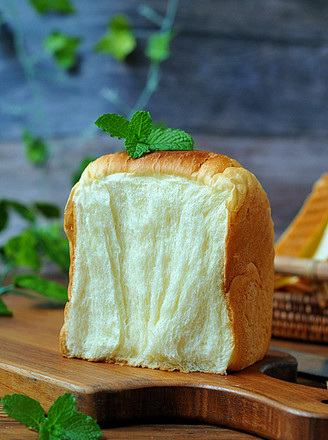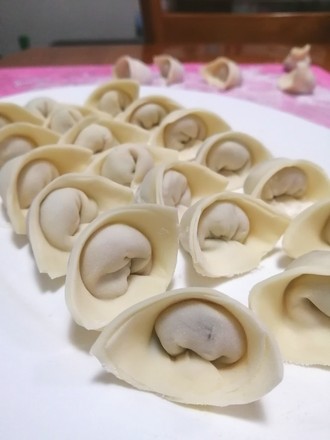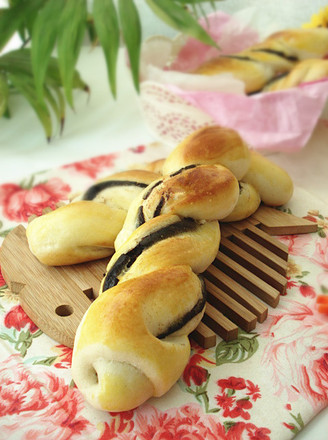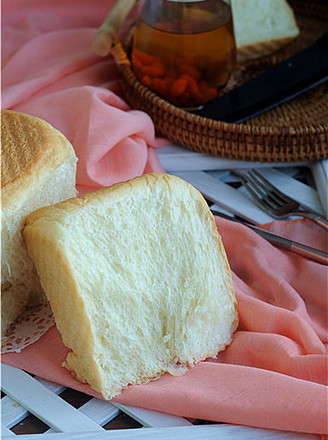Master The Five-point Bread Roll to Ensure that It Does Not Crack-the Perfect Breakfast for Children [chives and Pork Floss Rolls]
by Susuai Food
Favorite
Difficulty
Normal
Time
2h
Serving
2
Pork floss bread roll is a very ordinary bread,
But it is a classic and popular salty bread.
Make your own pork floss,
Then make bread rolls for breakfast for the children,
That is the most perfect.
Although the method is not complicated,
But if you want to make a perfect roll without cracking,
Recipe is very important,
Experience is also very important,
As long as you master the key five points to ensure that you can make a roll that does not crack. "
But it is a classic and popular salty bread.
Make your own pork floss,
Then make bread rolls for breakfast for the children,
That is the most perfect.
Although the method is not complicated,
But if you want to make a perfect roll without cracking,
Recipe is very important,
Experience is also very important,
As long as you master the key five points to ensure that you can make a roll that does not crack. "

![Master The Five-point Bread Roll to Ensure that It Does Not Crack-the Perfect Breakfast for Children [chives and Pork Floss Rolls] Master The Five-point Bread Roll to Ensure that It Does Not Crack-the Perfect Breakfast for Children [chives and Pork Floss Rolls]](https://img.simplechinesefood.com/1a/1aeec4f7a411b769ddba338e16604c36.jpg)
![Master The Five-point Bread Roll to Ensure that It Does Not Crack-the Perfect Breakfast for Children [chives and Pork Floss Rolls] recipe Master The Five-point Bread Roll to Ensure that It Does Not Crack-the Perfect Breakfast for Children [chives and Pork Floss Rolls] recipe](https://img.simplechinesefood.com/bf/bf2f19705133bcedd9cb200710d90c22.jpg)
![Master The Five-point Bread Roll to Ensure that It Does Not Crack-the Perfect Breakfast for Children [chives and Pork Floss Rolls] recipe Master The Five-point Bread Roll to Ensure that It Does Not Crack-the Perfect Breakfast for Children [chives and Pork Floss Rolls] recipe](https://img.simplechinesefood.com/c6/c60a0c9973cb223cbb5d12eddba33935.jpg)
![Master The Five-point Bread Roll to Ensure that It Does Not Crack-the Perfect Breakfast for Children [chives and Pork Floss Rolls] recipe Master The Five-point Bread Roll to Ensure that It Does Not Crack-the Perfect Breakfast for Children [chives and Pork Floss Rolls] recipe](https://img.simplechinesefood.com/2d/2d7600f57200276e078982135761e5a2.jpg)
![Master The Five-point Bread Roll to Ensure that It Does Not Crack-the Perfect Breakfast for Children [chives and Pork Floss Rolls] recipe Master The Five-point Bread Roll to Ensure that It Does Not Crack-the Perfect Breakfast for Children [chives and Pork Floss Rolls] recipe](https://img.simplechinesefood.com/f5/f56bd381993aee3427308947ca061302.jpg)
![Master The Five-point Bread Roll to Ensure that It Does Not Crack-the Perfect Breakfast for Children [chives and Pork Floss Rolls] recipe Master The Five-point Bread Roll to Ensure that It Does Not Crack-the Perfect Breakfast for Children [chives and Pork Floss Rolls] recipe](https://img.simplechinesefood.com/7b/7b754b07047e1be388d09cd3c6838d78.jpg)
![Master The Five-point Bread Roll to Ensure that It Does Not Crack-the Perfect Breakfast for Children [chives and Pork Floss Rolls] recipe Master The Five-point Bread Roll to Ensure that It Does Not Crack-the Perfect Breakfast for Children [chives and Pork Floss Rolls] recipe](https://img.simplechinesefood.com/9e/9e3e717373df16375a054ef16e7b2aa2.jpg)
![Master The Five-point Bread Roll to Ensure that It Does Not Crack-the Perfect Breakfast for Children [chives and Pork Floss Rolls] recipe Master The Five-point Bread Roll to Ensure that It Does Not Crack-the Perfect Breakfast for Children [chives and Pork Floss Rolls] recipe](https://img.simplechinesefood.com/5d/5d09ec3f1267f85341ba9cf679cb3a14.jpg)
![Master The Five-point Bread Roll to Ensure that It Does Not Crack-the Perfect Breakfast for Children [chives and Pork Floss Rolls] recipe Master The Five-point Bread Roll to Ensure that It Does Not Crack-the Perfect Breakfast for Children [chives and Pork Floss Rolls] recipe](https://img.simplechinesefood.com/21/21ac4574d37145cfca92f2178e3925dd.jpg)
